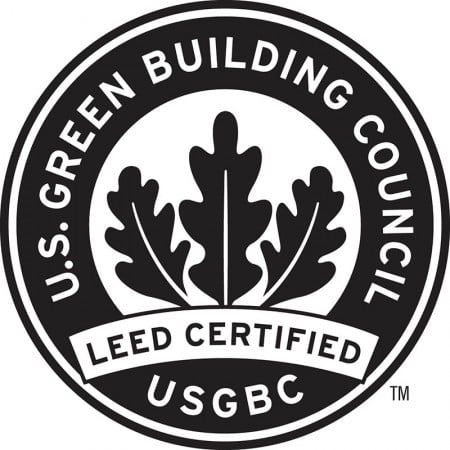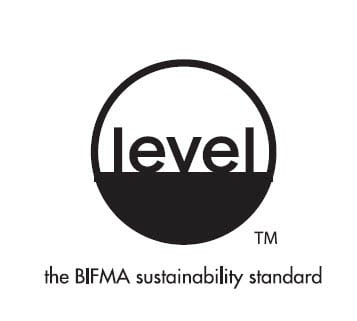
August 30, 2011
Greening the US Government
During this year’s NeoCon, the largest contract furniture trade show held in Chicago’s Merchandise Mart, the U.S. Green Building Council (USGBC) introduced Leadership in Energy and Environmental Design (LEED) Pilot Credit 43, which applies to all Building Design and Construction, Interior Design and Construction LEED rating systems. The pilot credit supports LEED’s objective of encouraging […]
During this year’s NeoCon, the largest contract furniture trade show held in Chicago’s Merchandise Mart, the U.S. Green Building Council (USGBC) introduced Leadership in Energy and Environmental Design (LEED) Pilot Credit 43, which applies to all Building Design and Construction, Interior Design and Construction LEED rating systems.
The pilot credit supports LEED’s objective of encouraging building owners and facility managers to implement measurable green building goals as these relate to maintenance and furnishings, specifically. LEED Pilot Credit 43 promotes the use of non-structural products, with known life cycles in LEED buildings, in order to set the foundation for continuous improvement. Also, for the first time, the USGBC recognized several third-party certifiers, which validate the sustainable attributes proclaimed by manufacturers about their products. Many of the methods of earning LEED Pilot Credit 43 revolve around the use of third-party certification.

There are two paths available to earn the pilot credit. The simpler of the two is to identify and use products certified by a third-party certifier recognized in the pilot credit. Both Scientific Certification Systems (SCS) Indoor Advantage and American National Standards Institute/Business and Institutional Furniture Manufacturers Association (ANSI/BIFMA) level are included in the pilot credit; therefore, products certified by these programs meet the credit requirement.
The second and more difficult path requires the project team to prove that a manufacturer has provided public information on the life cycle of a product. The standard allows a manufacturer to self-declare Life Cycle Analysis (LCA) results, however, specifies that the U.S. Life Cycle Inventory database (USLCI) be used in conjunction with minimum scope and boundaries for the LCA. For a project team, it is more difficult to know if a self-declaring manufacturer has met the required guidelines for LCA. With either path, a minimum of 10 percent of the dollar value of installed, non-structural products and materials must meet the approved certifications or LCA criteria listed within the pilot credit.

Because Pilot Credit 43 counts towards LEED certification, many Government Service Administration (GSA) facilities should be interested in how it helps them meet green building expectations. In 2009, when President Obama signed Executive Order 13514 (Federal Leadership in Environmental, Energy, and Economic Performance), he set new agency goals in areas such as accountability and transparency, strategic sustainability performance planning, greenhouse gas management, sustainable buildings and communities, pollution prevention, and waste reduction. With the GSA managing more than 370 million square feet of workspace, nearly all of which are following LEED certification guidelines, achieving LEED Pilot Credit 43 can help provide government agencies with proof of compliance to EO 13514, and will result in tremendous savings during this critical time of tight budgets. Beyond the GSA, the Department of Defense (DOD) manages millions of additional square feet. As a result of the current activity by the feds, we are witnessing a monumental shift in how one of the world’s largest landlords operates its properties.
Since the Executive Order was signed, the contract furnishings industries have seen a tremendous increase in the number of GSA facility managers and purchasers demanding green products. LEED Pilot Credit 43 can have an immediate and significant impact on government contacts because it requires manufacturers to provide recognized third-party certification or publicly available Life Cycle Assessment reporting of a product’s sustainable attributes. While these records could have been made available to project teams before, they were not required in order to earn an additional credit towards LEED certification.
LEED Pilot Credit 43 helps organizations validate the environmental statements made by manufacturers about their products. In some cases, these statements revolve not just around the individual product, but also the manufacturing process. Through the recognition of various third-party certifiers, this pilot credit program can verify and document whether or not a manufacturer is taking a holistic approach towards sustainability.
For more information on the pilot credit, visit the LEED Pilot Library and share your wisdom at www.LEEDuser.com.
Georgy Olivieri serves as the Director of Architecture, Design, and Sustainability Strategies for Kimball Office. Steven Brewster is Operations Program Manager for Kimball Office.





